- Empty cart.
- Continue Shopping
Rambutan
Original price was: ₹800.00.₹400.00Current price is: ₹400.00.
Genus : Nephelium Iappaceum
“The Rambutan Fruit Plant is a tropical delight that brings the taste of exotic rambutans to your garden. With its distinctive hairy exterior and sweet, juicy flesh, rambutans are a true tropical treat. This fruit plant is known for its easy cultivation and abundant harvests, making it a favorite among fruit enthusiasts. Add a touch of tropical paradise to your backyard by ordering the Rambutan Fruit Plant and enjoy the satisfaction of growing and harvesting your own delicious rambutans.”
Rambutan (Nephelium lappaceum) is a tropical fruit tree that belongs to the Sapindaceae family. It is native to Southeast Asia and is widely grown in Thailand, Indonesia, Malaysia, and the Philippines. The tree can grow up to 20 meters tall and has a dense crown of dark green leaves.
The fruit of the rambutan tree is a round or oval-shaped berry that is covered in a hairy, spiky exterior. The hairy exterior is red, yellow, or green in color, and it is easily peeled to reveal the white, translucent flesh inside. The flesh has a sweet, juicy taste and a texture similar to that of a grape. The fruit contains a single seed that is oval in shape and brown in color.
Rambutan fruit is a popular ingredient in Southeast Asian cuisine, often used in desserts, salads, and drinks. The fruit is also consumed as a snack and is a good source of vitamin C, potassium, and fiber. The seed of the rambutan fruit is edible when roasted or boiled, and it is sometimes used as a substitute for almonds in baking.
Growing rambutan trees requires a warm, humid climate with plenty of rainfall. The tree thrives in well-drained soil and full sun. Propagation is typically done by seed, but grafting and budding methods can also be used. Rambutan trees are relatively low maintenance and can begin producing fruit within three to five years after planting. The trees are vulnerable to certain pests and diseases, including fruit flies and anthracnose, which can be controlled with appropriate management practices.







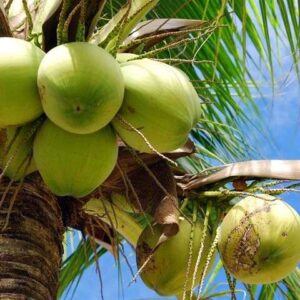
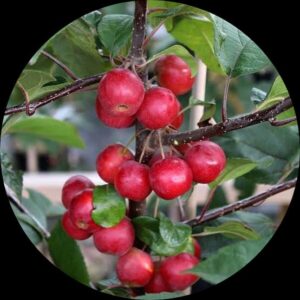
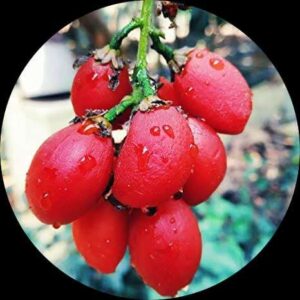
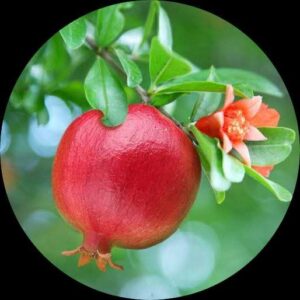
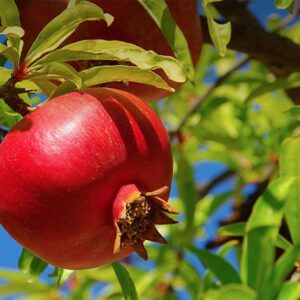
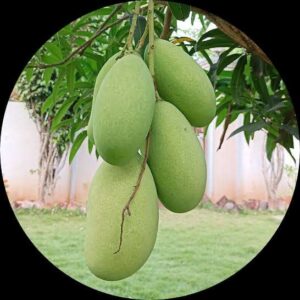
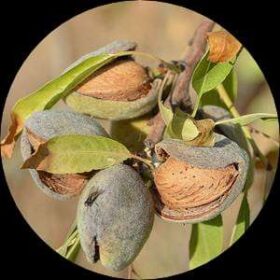
Reviews
There are no reviews yet.